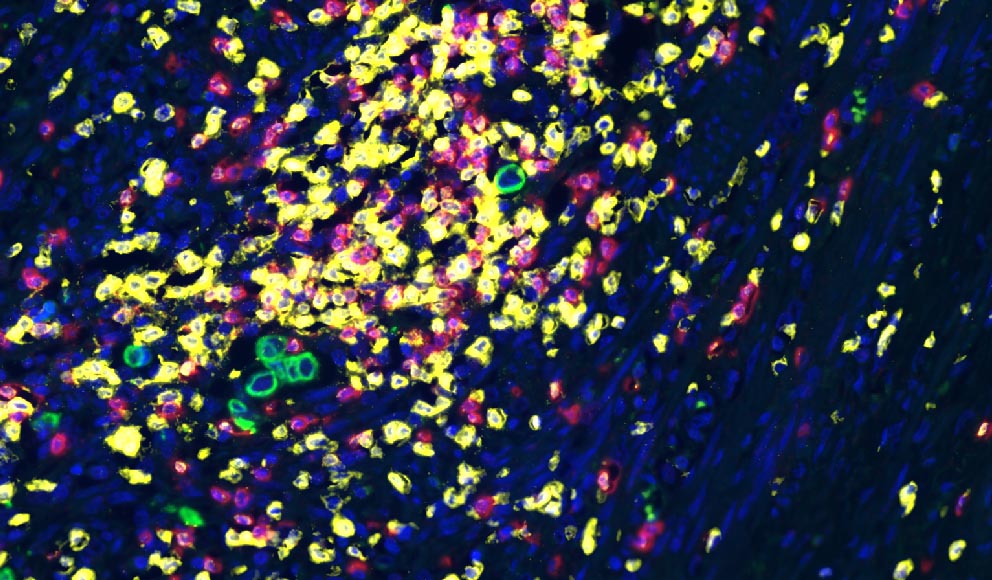Indica Labs’ Washington, D.C. HALO Quantitative Pathology Lunch & Learn
Indica Labs invites you to attend our Washington D.C. HALO Quantitative Pathology Lunch & Learn Meeting Tuesday, June 4, 2019 Embassy Suites DC Convention Center
Indica Labs’ Washington, D.C. HALO Quantitative Pathology Lunch & Learn Read More »








